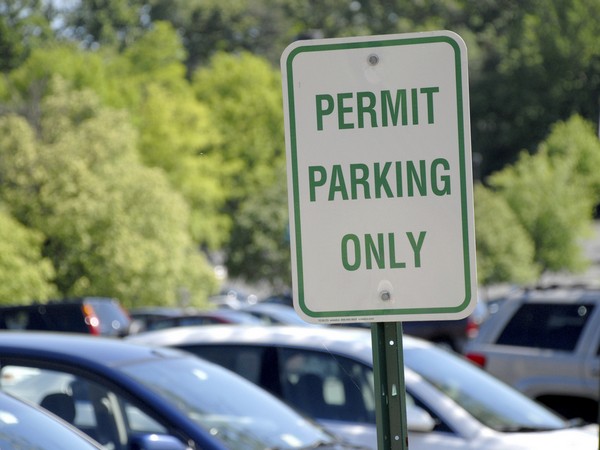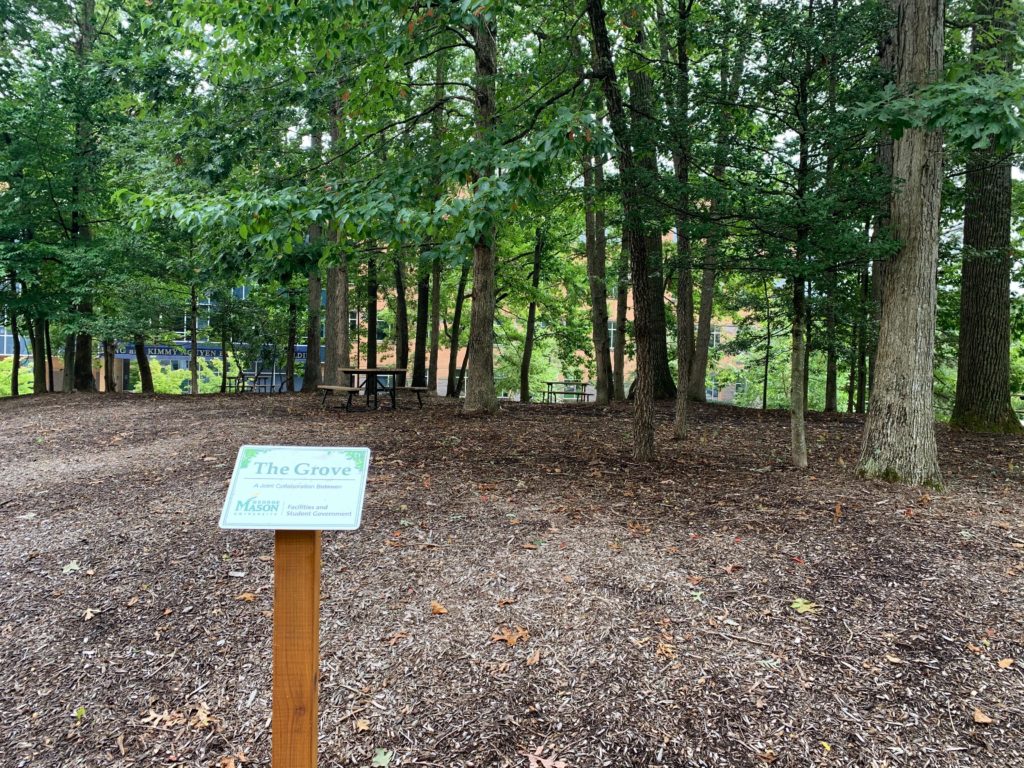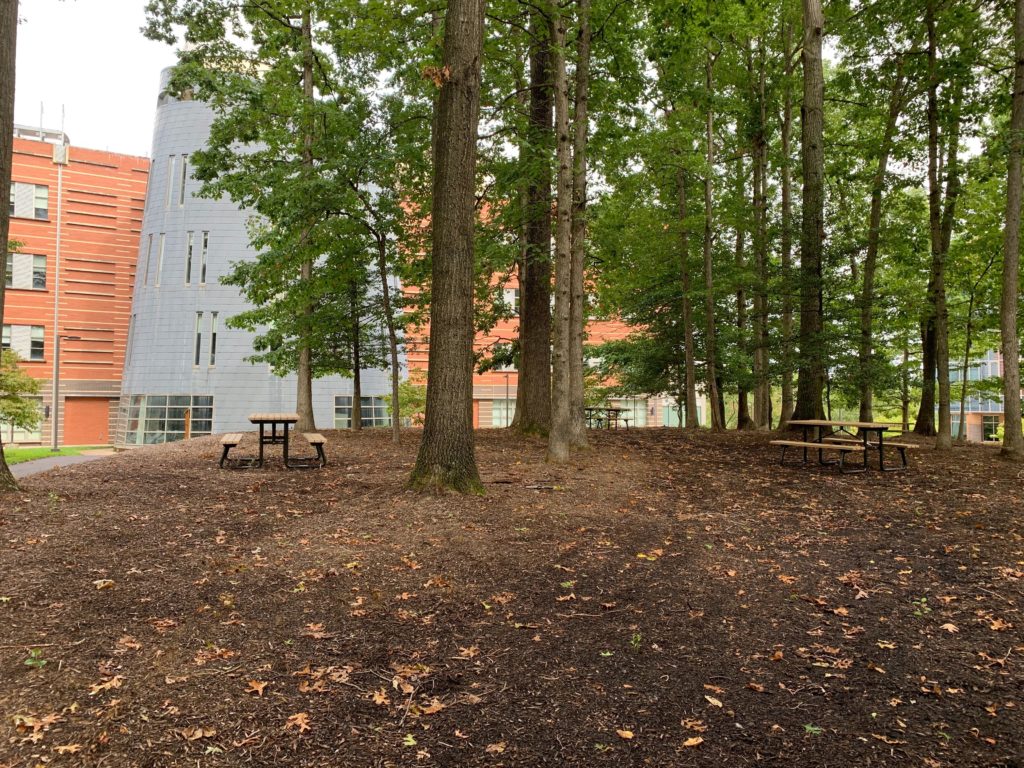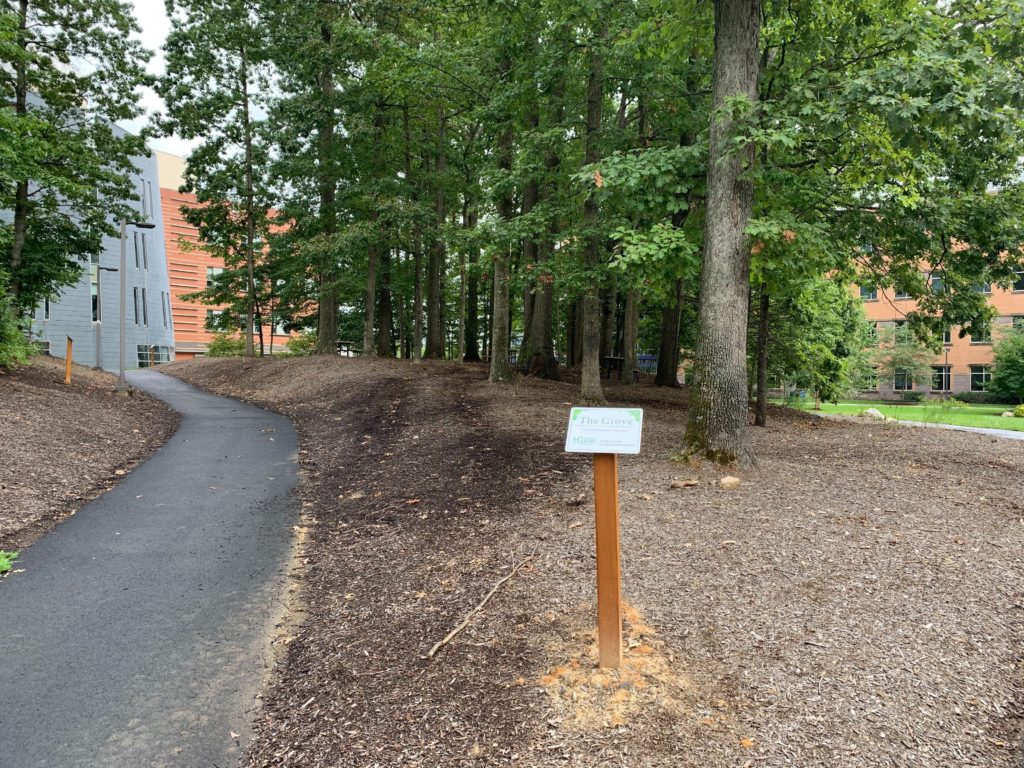Earlier this month Parking & Transportation released the brand-new Citation Diversion Program (CDP). This program allows students who were cited for parking violations to take a quiz to remove a monetary fine.
The level of care and communication that went into developing the CDP to educate students shows the level of care that Mason Parking Services takes in their everyday role at George Mason University. If it was not clear before, it should be clear now – Parking and Transportation wants to educate students before issuing a fine. Student Government’s role in the CDP began when Parking Services reached out to the Undersecretary of Parking and Transportation, Ethan Brown.
From here, Brown communicated with the Student Parking Board and held round-table discussions with the student-run board on how to ensure that a citation diversion quiz would be fair to students. This involved each board member taking the quiz, reviewing the verbiage in each summary page and the proceeding questions that correspond with the summary page. Through this review process, feedback was collected and submitted to Evan Cypher, Data Analyst at Parking Services.
With the feedback from Student Government leaders, Cypher was able to adjust verbiage, topics, length of questions, and answer choices to be fair for the student population. The end result was a well formed quiz, formulated for students to take the quiz in six sections: Parking Misconceptions, Permit Options, Citations, Appeals, Common Violations, and Promoting Transportation Resources. Each section begins with helpful information that provides clues to the questions that directly follow. Questions 24 and 25 of the 25 question quiz are multiple choice feedback questions, followed by an optional comment section.
According to Cypher, “From the CDP launch date on August 24, 2020 to current date (09/15/2020), 32 students have requested to take the Citation Diversion Program. The current percentage of students that have passed is 87.5% (28/32). The average score is a mean of 22.5 and median of 23. The average time spent completing the Citation Diversion Program is a mean of 37.47 minutes”
For more information, please visit https://transportation.gmu.edu/policies/citation-diversion-program/






